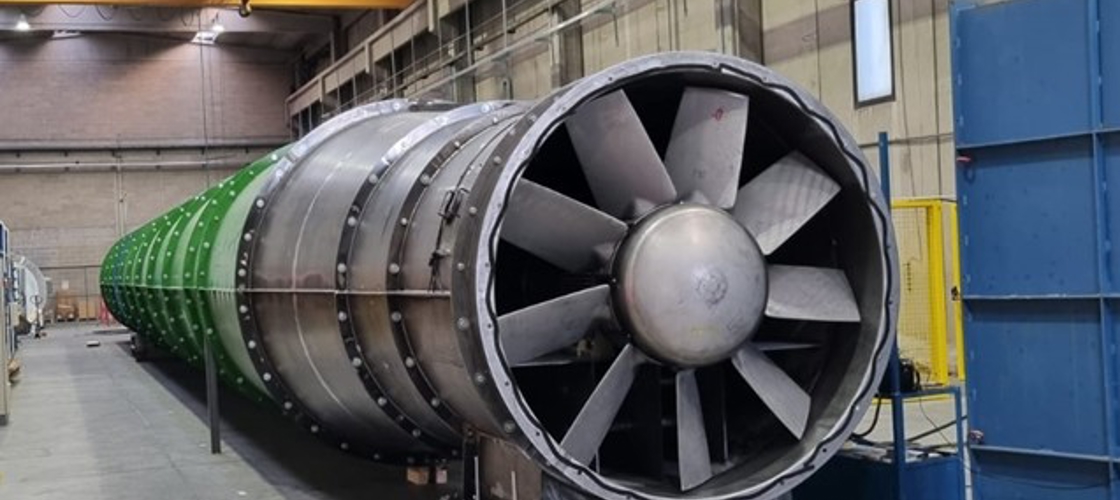How to Successfully Reduce Axial Fan Noise

Industrial environments demand robust ventilation, but excessive fan noise can compromise safety, communication, and compliance with noise regulations. For installers, understanding the technical elements that influence fan noise is crucial for ensuring efficient and quiet operation.
In this article:
Factors affecting noise levels
Several variables influence the noise output of axial fans. Fan speed is directly proportional to noise levels; higher RPMs typically mean higher acoustic emissions. Blade design also plays a crucial role—poorly shaped or damaged blades create turbulent airflow, increasing sound pressure levels. Finally, the quality of installation significantly affects overall noise. Misalignment or lack of dampening can result in amplified structure-borne noise.
Installation considerations for axial fan noise reduction
Effective installation is essential to minimise axial fan noise. Key considerations include:
- Use anti-vibration mounts: rubber or spring isolators help prevent structure-borne noise from transferring into the surrounding infrastructure.
- Monitor operating conditions: operating the fan outside optimal parameters can increase noise emissions by up to 3 dBA, so continuous performance monitoring is vital.
Need help selecting the right silencer for your system?
Speak to one of our experts today for tailored advice on axial fan noise reduction solutions.
Contact our technical team now
Types of axial fan silencer
Acoustic insulation is one of the most effective strategies for axial fan noise reduction. There are two common types:
- Type 1: a 100 mm thick rock wool layer (density: 100 kg/m³), enclosed in galvanised steel or aluminium sheets (0.8–1 mm thick). This setup offers moderate sound attenuation.
- Type 2: the same 100 mm rock wool combined with a 2.5 mm thick EPDM layer (5 kg/m²), also encased in metal sheets. This solution provides superior noise reduction, particularly in environments with higher vibration levels.
Selecting the appropriate insulation type depends on the installation context and required acoustic performance.
Application of axial fan silencers
Axial fan silencers are purpose-built to absorb and redirect airflow noise. These devices can be installed at the intake or exhaust points. Their internal geometry and insulation materials are engineered to maximise attenuation without compromising airflow. Silencers are especially effective when used alongside high-efficiency acoustic insulation.
Impact of installation and environmental conditions
Noise reduction performance is not static. Installation type and surrounding conditions can significantly alter attenuation values. For instance, fans installed with both inlet and outlet ducts but without vibration isolation exhibit higher noise levels than open intake configurations.
The reverberant quality of the environment also plays a role. Enclosed, reflective spaces tend to amplify noise, whereas open or dampened spaces naturally reduce it.
Other considerations for axial fan noise management
Several key factors influence the perception and emission of noise within a system:
- Installation within reverberant environments can notably alter noise values due to sound reflections and amplification effects.
- Additional components, such as calibration dampers and flow regulators, may affect overall noise emissions by influencing airflow characteristics and attenuating certain frequencies.
Careful evaluation of these elements is crucial to ensure effective noise management and compliance with acoustic standards.
Optimising your fan installation for quieter performance?
Let us assist you in evaluating your setup to improve acoustic performance and compliance.
Request a free noise assessment consultation
